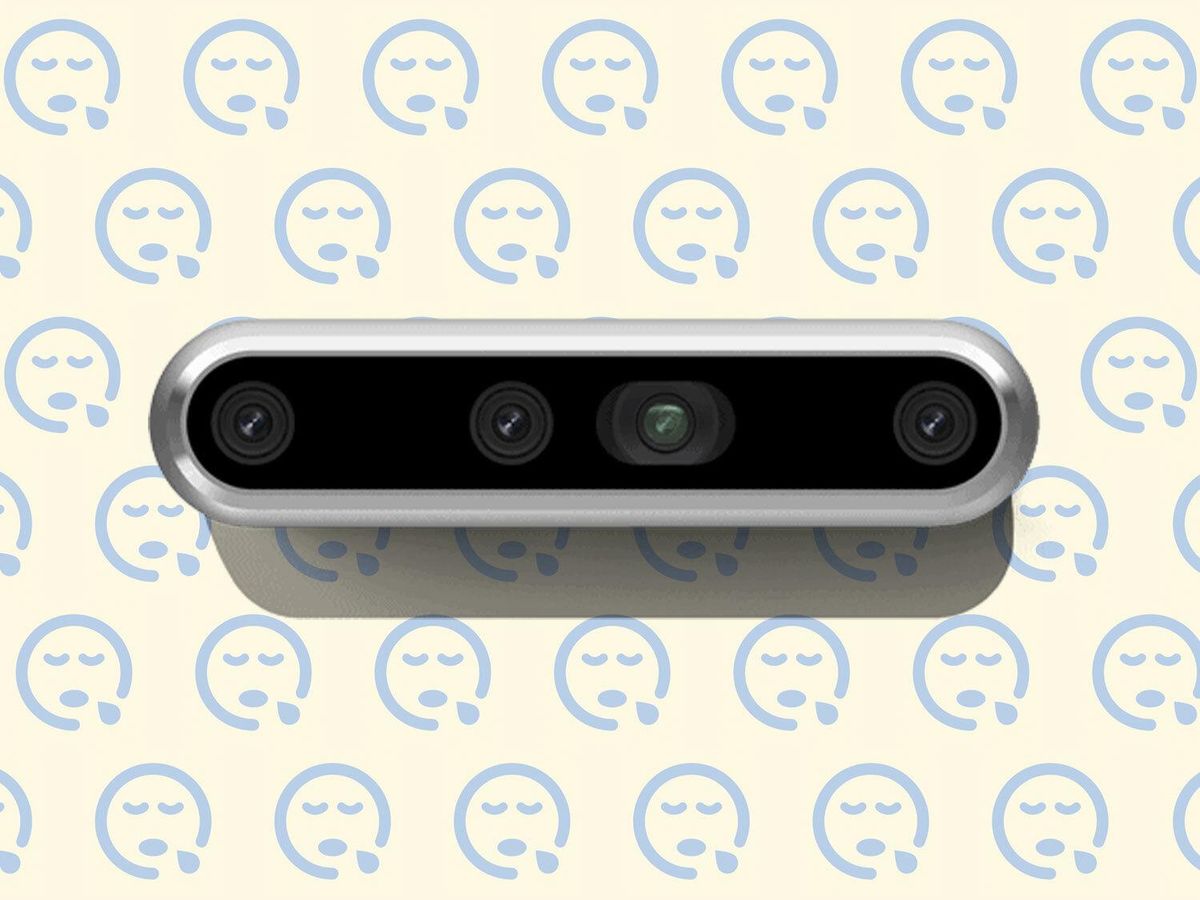On Tuesday, CRN reported that Intel will be shutting down its RealSense division, which creates 3D vision systems used extensively in robotics. We confirmed the news with Intel directly on Wednesday, and Intel provided us with the following statement:
We are winding down our RealSense business and transitioning our computer vision talent, technology and products to focus on advancing innovative technologies that better support our core businesses and IDM 2.0 strategy. We will continue to meet our commitments to our current customers and are working with our employees and customers to ensure a smooth transition.
However, after speaking with some of our industry sources to try and get a better sense of what happened, we learned that what's actually going on might be more nuanced. And as it turns out, it is: Intel will continue to provide RealSense stereo cameras to people who want them for now, although long term, things don't look good.
Intel's "RealSense business" encompasses a variety of different products. There's stereo depth, which includes the D415, D435, and D455 camera systems—these are what roboticists often use for 3D sensing. There's also lidar in the form of the L515 and associated software products, as well as biometric identification, which uses the F455 depth sensor, and a series of tracking and coded light cameras.
Intel has just confirmed with us that everything but the stereo cameras has been end of life'd. Here's the statement:
Intel has decided to wind down the RealSense business and is announcing the EOL of LiDAR, Facial Authentication and Tracking product lines this month. Intel will continue to provide select Stereo products to its current distribution customers.
Hmm. The very careful wording here suggests some things to me, none of them good. The "RealSense business" is still being wound down, and while Intel will "continue to provide" RealSense cameras to customers, my interpretation is that they're still mostly doing what they said in their first release, which is moving their focus and talent elsewhere. So, no more development of new RealSense products, no more community engagement, and probably a minimal amount of support. If you want to buy a RealSense camera from a distributor, great, go ahead and do that, but I wouldn't look for much else. Also, "continue to provide" doesn't necessarily mean "continue to manufacture." It could be that Intel has a big pile of cameras that they need to get rid of, and that once they're gone, that'll be the end of RealSense.
CRN managed to speak with Intel CEO Pat Gelsinger on Tuesday, and Gelsinger had this to add about the RealSense business:
"Hey, there's some good assets that we can harvest, but it doesn't fit one of those six business units that I've laid out."
Oof.
We've asked Intel for additional detail, and we'll update this post if we hear anything more.
Sadly, many in the robotics community seemed unsurprised at the initial news about RealSense shutting down, which I guess makes sense, seeing as robotics has been burned in this way before—namely, with Microsoft's decision to discontinue the Kinect sensor (among other examples). What seemed different with RealSense was the extent to which Intel appeared to be interested in engaging with the robotics community and promoting RealSense to roboticists in a way that Microsoft never did with Kinect.
But even though it turns out that RealSense is still (technically) available, these statements over the last few days have created the feeling of a big company with other priorities, a company for whom robotics is a small enough market that it just doesn't really matter. I don't know if this is the reality over at Intel, but it's how things feel right now. My guess is that even roboticists who have been very happy with Intel will begin looking for alternatives.
The best and worst thing about RealSense could be that it's been just so darn ideal for robotics. Intel had the resources to make sensors with excellent performance and sell them for relatively cheap, and they've done exactly that. But in doing so, they've made it more difficult for alternative hardware to get a good foothold in the market, because for most people, RealSense is just the simple and affordable answer to stereo depth sensing. Maybe now, the other folks working on similar sensors (and there are a lot of companies doing very cool stuff) will be able to get a little more traction from researchers and companies who have abruptly been made aware of the need to diversify.
Even though it may not now be strictly necessary, within the next few weeks, we hope to take a look at other stereo depth sensing options for research and commercial robotics to get a better sense of what's out there.
- A bug-sized camera for bug-sized robots and bug-sized bugs (IEEE ... ›
- Dynamic Vision Sensors Enable High-Speed Maneuvers With Robots ›
- Occipital Announces Availability of Structure Core 3D Sensor - IEEE ... ›
Evan Ackerman is a senior editor at IEEE Spectrum. Since 2007, he has written over 6,000 articles on robotics and technology. He has a degree in Martian geology and is excellent at playing bagpipes.



